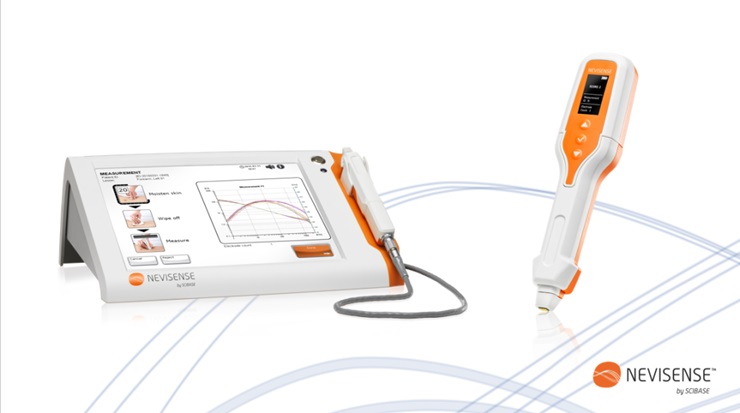Scibase’s Nevisense’s electrical impedance spectroscopy (EIS) may be a better way to assess skin barrier function than the trans-epidermal water loss (TEWL) measurement technique, a new study shows.
Specifically, EIS was less affected by daily activities than TEWL, according to research in the Annals of Dermatology.
The study included healthy adults between 22 and 65 years of age and aimed to see which factors influence the measurement results of both EIS and TEWL.
The top-line results of the study showed:
TEWL measurements were influenced by physical activity, body cream application, skin washing, and caffeine intake.
EIS measurements were only influenced by body cream application and skin washing.
Both the abdomen and the volar forearm were identified as useful anatomical locations for EIS measurements.
The bottom line? EIS can assess skin barrier function with less sensitivity to confounding lifestyle factors than TEWL, the researchers conclude.
“This study confirmed the effect of body cream application, skin washing, moderate to intense physical activity, and coffee intake on TEWL, [thus] these factors should therefore be avoided at least 90 minutes prior to TEWL measurements,” the researchers conclude. “An acclimatization period of 30 minutes in the standardized room seemed to be sufficient to eliminate the effect of skin washing and physical activity, [however] body cream application and skin washing also influenced EIS and should therefore be avoided at least 90 minutes prior to these measurements.”

